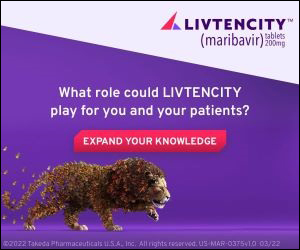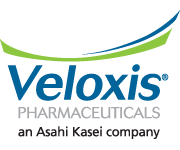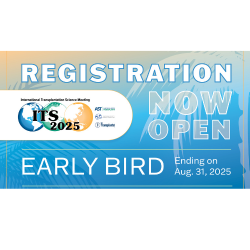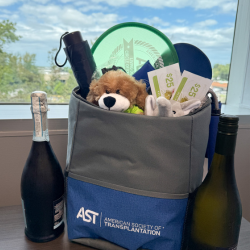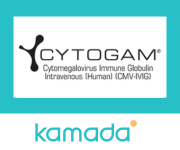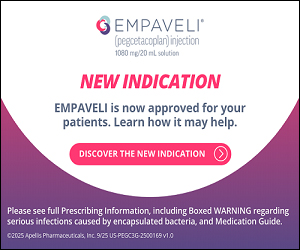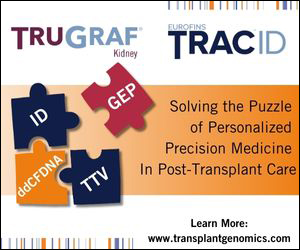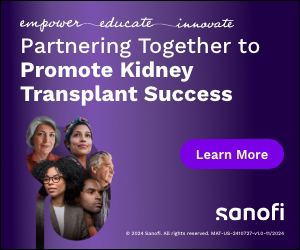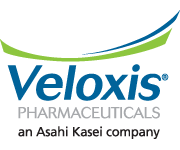 |
|||||||||||||||||||||||||||||||||||||||||||||||||||||||||
| Past Issues | Subscribe | Advertise | myAST.org | |||||||||||||||||||||||||||||||||||||||||||||||||||||||||
Important Dates
AST News
On behalf of the AST, the European Society for Organ Transplantation (ESOT), and The Transplantation Society (TTS), we are excited to announce that registration is officially open for the International Transplantation Science Meeting 2025.
ITS 2025 marks the fourth tri-society event in this global collaboration, bringing together top experts, early-career researchers, and transplant professionals worldwide. This meeting offers an exciting forum to explore cutting-edge basic and translational science in and beyond the field of transplantation.
Early bird pricing ends on August 31.
Fellows Symposium on Transplantation
Know an early-career professional or student interested in transplantation? Encourage them to check out the AST Fellows Symposium! This unique program offers expert-led sessions and valuable networking with leaders in the field. It’s a great opportunity for fellows, residents, pharmacists, nurses, and students to explore career paths in transplant and build lasting connections.
We're excited to offer a special giveaway in support of the Fellows Symposium on Transplantation! Each year, the AST empowers the next generation of transplant professionals through travel grants, making this essential educational experience accessible to emerging talent.
How to Enter
Now through September 18: Every $10 donation to Fund a Fellow = 1 entry to win our incredible prize package! Donate $100 and you’ll receive 12 entries (2 bonus entries!).
Prize Package Includes:
Your contribution directly funds travel opportunities for the transplant professionals who will lead our field tomorrow.
Transplant Community Survey on the Pre-Transplant Mortality Ratio Metric
This "Understanding the Impact of the Pre-Transplant Mortality Ratio Metric Implementation" survey focuses on how transplant professionals perceive and respond to the recently implemented pre-transplant mortality ratio metric by UNOS. The goal is to assess how the metric has influenced transplant center practices, particularly in patient listing and organ utilization.
Updates on Efforts and Resources Related to Transplant Nephrology Training
In fall 2024, the ACGME approved the application from the joint ASN-AST Task Force to recognize transplant nephrology as an accredited subspecialty of nephrology. By supporting a broad and nationwide adoption of uniformly rigorous transplant nephrology training, ASN and AST hope to improve the quality of care provided to patients in both the pre-and post-transplant phases.
A webpage has been created to share ongoing updates and resources related to this new accreditation.
New AJT Article: Transplant Recipients Share Perspectives on Immunosuppressant Needs
Last year, with your support, AST conducted a national patient survey that received nearly 10,000 responses from transplant recipients. The goal: to better understand perceptions of unmet immunosuppressant needs. The findings from this important research have now been published in the American Journal of Transplantation.
Share Your Perspective: Transplant Access and the Criminal Justice System
The AST Psychosocial and Ethics COP (PSECOP) is conducting a short survey to better understand transplant professionals’ perspectives on transplantation for patients who are incarcerated or involved in the criminal justice system. The results will help inform future policies and practices to improve care for this population.
The survey takes just 5–10 minutes to complete and is open to transplant professionals (coordinators, social workers, ILDAs, physicians, etc.) currently working at a U.S. transplant center. Please feel free to share the link with colleagues.
Questions? Contact the research team at emorytransplantresearch@emory.edu or reach out to Principal Investigator Megan Urbanski, PhD, MSW at megan.urbanski@emory.edu. This study has been approved by the Emory University Institutional Review Board.
AST Public Policy Form
The AST developed a survey aimed at soliciting your perspectives on legislative and regulatory issues that significantly influence both patient care and professional practice. Our goal is to establish a platform for our membership to share their invaluable ideas and perspectives and actively engage with the Public Policy Committee and AST leadership. We look forward to your input as we navigate the dynamics of our ever-evolving landscape of transplant care and practice.
Upcoming Education
Key Articles in Transplantation
Probable reactivation from latency of multi-drug resistant cytomegalovirus in a lung transplant recipient: a case report
Whether ganciclovir-resistant cytomegalovirus (ganR-CMV) can establish latency and reactivate absent any selective drug pressure is unknown and has implications for selecting empiric antiviral therapy in patients with prior ganR-CMV. A CMV-seronegative patient underwent bilateral lung transplant from a CMV-seropositive donor and developed biopsy-confirmed CMV colitis with ganR-CMV (UL97 genotype: M460I, A594E; UL54 genotype: F412L, E756D) four years post-transplant despite prolonged valganciclovir prophylaxis.
Source: American Journal of Transplantation
Diagnostic significance of intragraft donor-specific anti-HLA antibodies in pulmonary antibody-mediated rejection
The diagnosis of pulmonary antibody mediated rejection (AMR) remains challenging with lack of specific defining features. This study evaluated the diagnostic and prognostic significance of intragraft anti-HLA donor-specific antibodies (gDSA) in pulmonary AMR.
Source: The Journal of Heart and Lung Transplantation
Association of Post-transplant Circulating 25-Hydroxyvitamin D and Long-term Patient and Graft Outcomes among Kidney Transplant Recipients
Vitamin D inadequacy at or shortly after kidney transplantation is associated with poor outcomes. Circulating 25-hydroxyvitamin D [25(OH)D] levels generally increase over time after transplantation, but inadequacy remains common. Few studies have examined associations of later circulating 25(OH)D levels and long-term outcomes.
Source: Kidney360
|
|||||||||||||||||||||||||||||||||||||||||||||||||||||||||

